1. How the Bull Actually Got to Wall Street
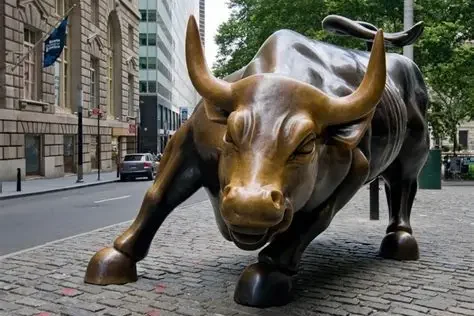
At dawn in December 1989, New Yorkers were greeted by an astonishing sight. Towering in the cold morning light beneath the Christmas tree outside the New York Stock Exchange stood a bronze bull, massive, gleaming, and inexplicably there. Measuring 16 feet long, 11 feet tall, and weighing more than 7,000 pounds, it looked as if it had charged straight from the wild into the heart of capitalism. There were no permits or press releases. It was simply there, bold and unannounced, demanding attention. That morning, Wall Street was ambushed not by traders or protestors but by art itself.
2. The Artist’s Secret Plan
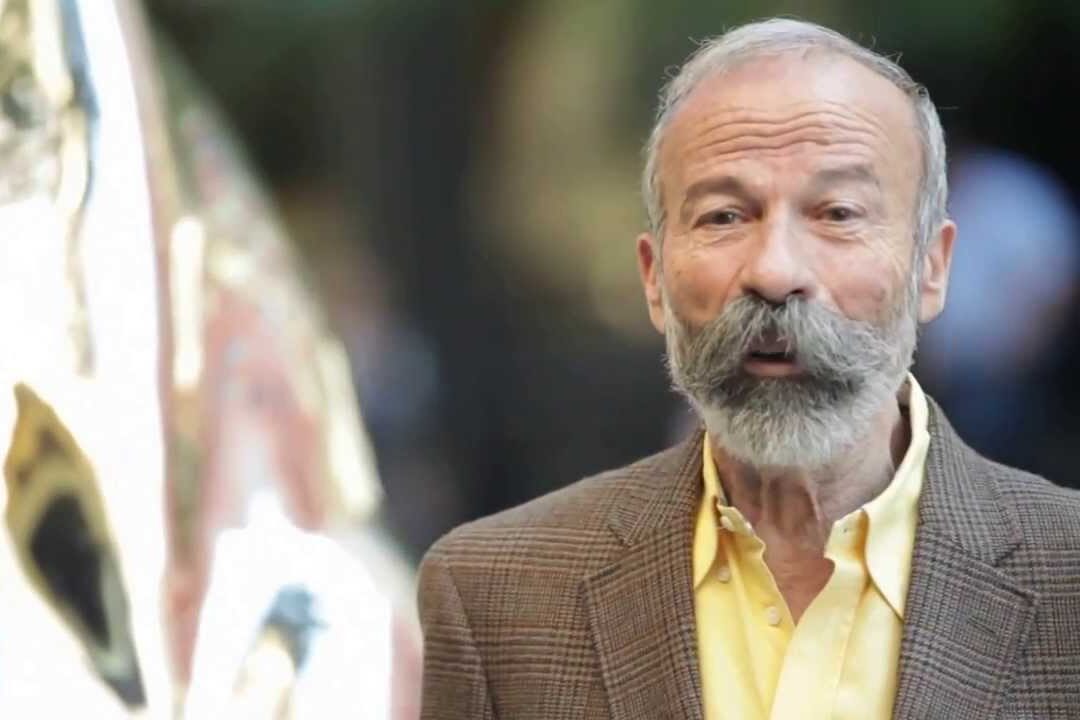
The bull’s arrival was no accident. It was the work of Arturo Di Modica, a sculptor who believed his art could inspire the city. He spent two years secretly preparing the statue in his SoHo studio, protecting his plan from everyone. Late one December night in 1989, he and a small crew used a flatbed truck and a crane to install it under the Exchange’s Christmas tree. It was risky and illegal, but Di Modica called it necessary. Had police caught him, it could have ended differently, but that daring act made history before sunrise.
3. The Headlines That Saved the Bull
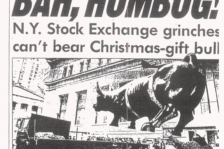
By the next morning, newspapers across New York were filled with stories about the mysterious bronze bull. The headlines turned it into an overnight sensation. Television crews showed footage of bystanders protesting its removal. Radio shows buzzed with callers defending the sculpture as the only honest symbol of Wall Street. Letters poured into City Hall demanding its return. What began as an act of guerrilla art had now become a movement. The people had spoken loudly, and the bull’s future suddenly shifted from uncertain to unstoppable, thanks to the voices that refused to let it disappear.
4. Bowling Green’s New Resident
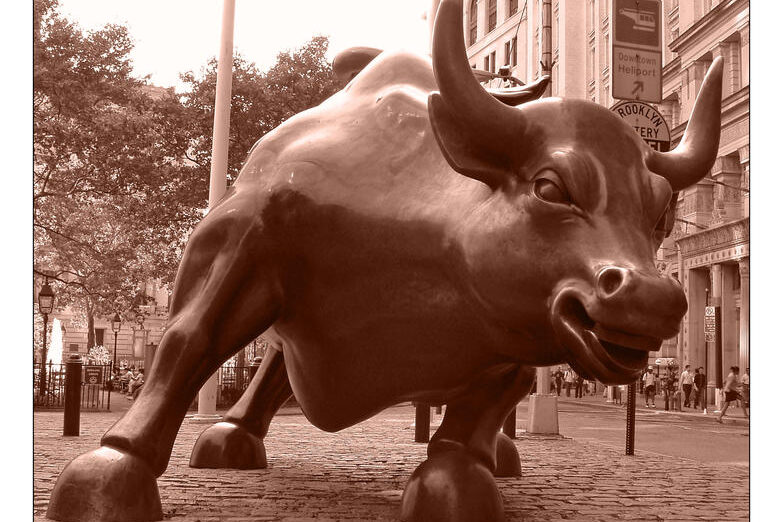
After weeks of public pressure, city officials finally relented. The bull found its permanent home in Bowling Green Park, a cobblestone plaza near Battery Park in lower Manhattan. There, it stood freely, positioned as if charging up Broadway. Tourists gathered daily, touching its bronze horns and taking photographs. The once unwanted sculpture became a celebrated landmark almost overnight. From outlaw art to city treasure, the bull had completed its transformation. Its new home gave it space to belong, turning an illegal act into one of New York’s proudest public art stories that continues to inspire millions today.
5. The Man Behind the Bull

Arturo Di Modica was born in Sicily in 1941 and raised among farmers, but he always dreamed of bigger things. After studying art in Florence, he moved to New York in the 1970s with little money and big ambition. He worked tirelessly in SoHo, welding, hammering, and sculpting through the night. Fame did not come easily, but he never stopped creating. The bull was his greatest gamble and masterpiece combined. It represented his struggle, courage, and love for the city that had tested and shaped him. Through it, Di Modica left behind a symbol of his own resilience.
6. A Costly Gift to the City
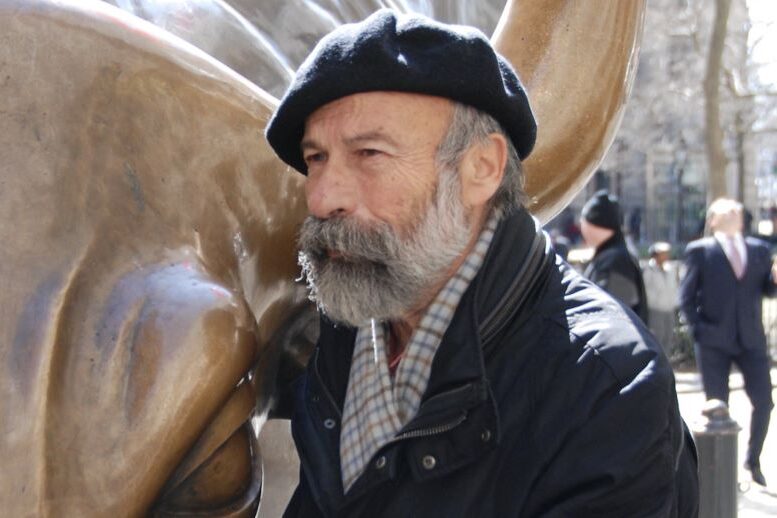
What makes the bull even more remarkable is that it wasn’t commissioned or paid for by anyone. Di Modica spent around $350,000 of his own money creating, transporting, and installing it. Friends warned him against the idea, calling it financial suicide, but he saw it as a gift to New York after the 1987 market crash. He wanted to remind people of strength and hope during difficult times. He never asked for repayment or permission. It was his personal act of generosity, born from conviction, that art could uplift a weary city when it needed inspiration most.
7. The Symbol of Rebirth
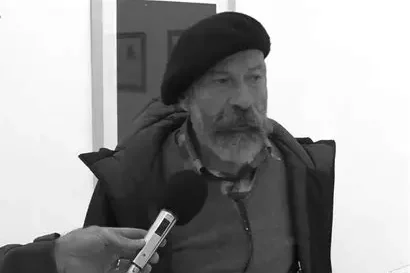
Di Modica’s bull was never just about Wall Street. After the devastating 1987 crash, he saw fear consume New York. He wanted to give the city something that reminded people of recovery and optimism. The bull’s strong stance and fierce energy represented resilience and determination. To him, it wasn’t about wealth but about courage to rise again when life falls apart. Although investors later embraced it as a financial mascot, Di Modica always maintained that the sculpture’s true meaning was hope. That intention still shines today through every photo and touch from people around the world.
8. From Rogue Art to Tourist Magnet
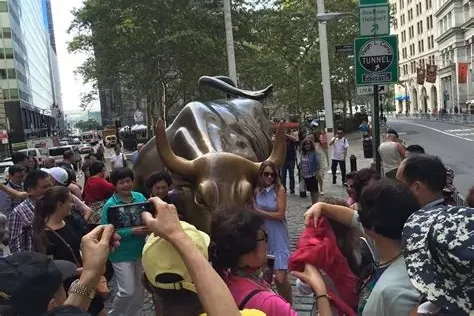
Nobody could have predicted how quickly the bull would become a global tourist attraction. Within months, visitors lined up to pose beside it, rub its horns, and touch its nose for luck. Its most famous ritual, however, involves polishing its bronze underbelly, believed to bring fortune. The irony was undeniable. What began as an act of rebellion against financial greed became one of capitalism’s most beloved symbols. Yet that contradiction made it even more fascinating. The bull’s story had outgrown its origins, turning from protest art into a timeless icon of New York’s restless, enduring energy.
9. A Clash with Fearless Girl
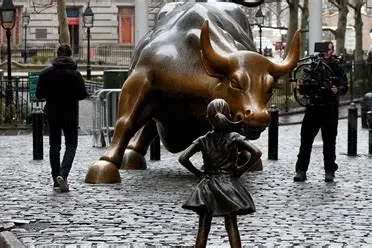
In 2017, another statue appeared in front of the bull. Fearless Girl, a small bronze figure standing with hands on her hips, faced the bull confidently. The image went viral, hailed as a statement on female empowerment. But Di Modica was furious. He believed the new statue changed the meaning of his creation, making the bull seem aggressive instead of inspiring. He argued it distorted his message of hope into one of confrontation. Still, their pairing became one of the most talked-about public art moments in history, proving that once art enters public space, it belongs to everyone.
10. Who Really Owns the Bull
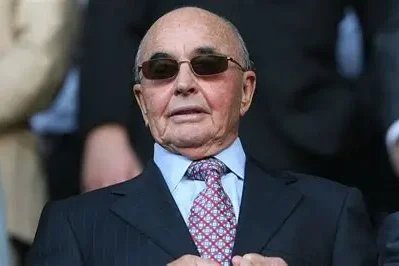
Ownership of the Charging Bull has always been complicated. In 2004, British billionaire Joe Lewis purchased the sculpture from Di Modica, but only under one strict condition: it could never be removed from Bowling Green. However, Di Modica retained full copyright over his creation, preventing unauthorized reproductions or commercial use. He spent years defending that right, filing lawsuits against companies that used its image without permission. To him, it wasn’t about profit. It was about protecting the integrity of his work. The bull belonged to the people, but its spirit still answered to its maker.
11. Replicas Worth a Fortune
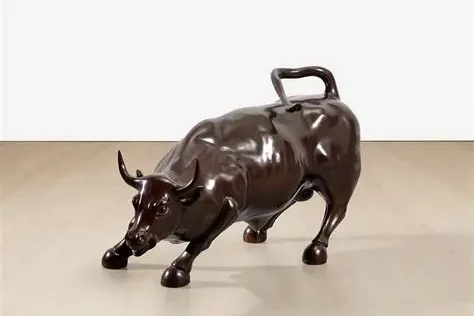
Though Di Modica refused to mass-produce his masterpiece, he eventually created a few authorized replicas. These limited editions sold for astonishing amounts at international auctions. One six-foot bronze replica sold for more than $400,000, while a stainless steel version brought in $275,000. Private collectors paid even more for smaller versions. The irony wasn’t lost on anyone. What began as a free gift to New York had become a prized collectible worth millions. Yet these sales only added to the legend, showing that even in a world obsessed with value, the bull’s worth went far beyond money.
12. The Platinum Bull That Never Was
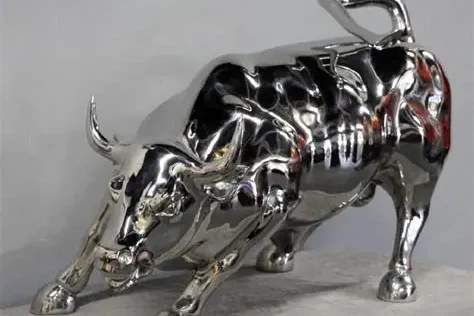
At one point, Di Modica dreamed of creating a platinum version of his bull, one that would be among the most valuable sculptures in history. The plan was ambitious, but the logistics and cost proved impossible. Despite interest from collectors, the idea collapsed before it began. Still, the dream showed Di Modica’s relentless imagination. He was never satisfied with what already existed; he always wanted to reach higher. Though the platinum bull never materialized, its concept became part of the story, a reminder that creativity often lives as much in our dreams as in reality.
13. A Bull for the People
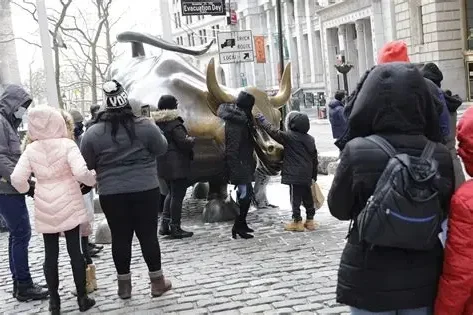
Unlike most sculptures, the Charging Bull remains open to everyone. There are no barriers, tickets, or guards keeping people away. Anyone can touch it, climb it, or simply stand beside it. Every day, tourists from across the world line up for photos, while locals pass by on their way to work. Di Modica wanted it this way. He believed public art should belong to everyone, not hidden behind walls or galleries. In that sense, the bull’s real power is connection. It stands as proof that art can live among people, breathing in the energy of the city.
14. The Bull’s Life in Protest
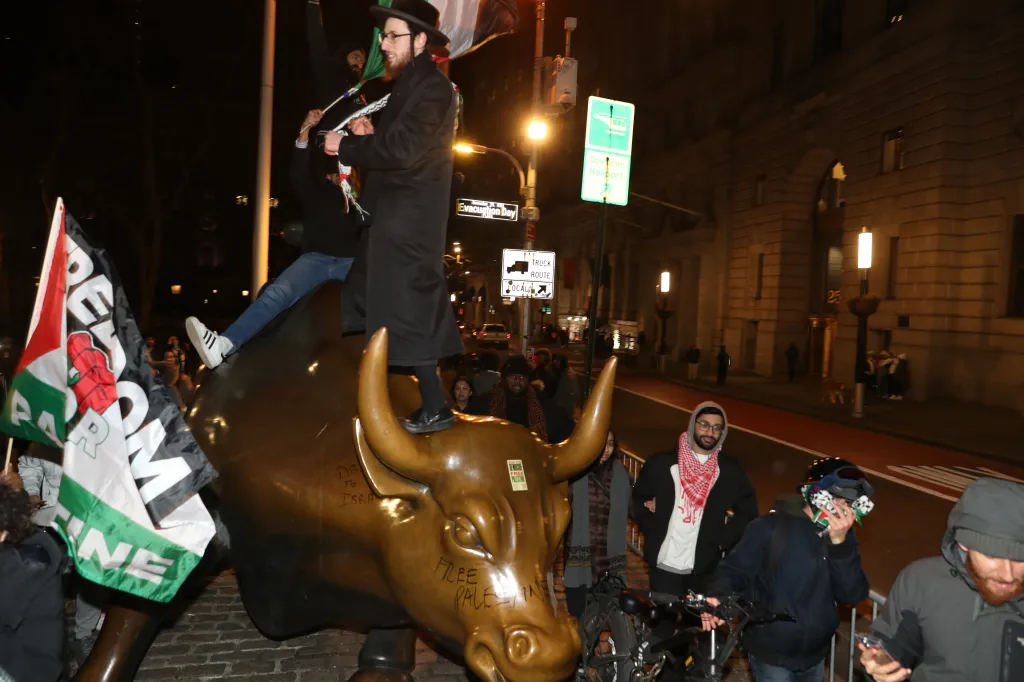
The bull has seen decades of protests and demonstrations. During the Occupy Wall Street movement in 2011, police surrounded it with barricades to keep protestors from climbing it. Activists have covered it with banners, paint, and flags. Environmental groups and animal rights activists have used it as a stage for their causes. Despite all the chaos, the sculpture always returns to its polished state, restored and admired again. Its survival through protest after protest mirrors the city’s own spirit. The bull has become more than a symbol of money; it’s a silent witness to society’s shifting tides.
15. A Target of Mischief and Vandalism
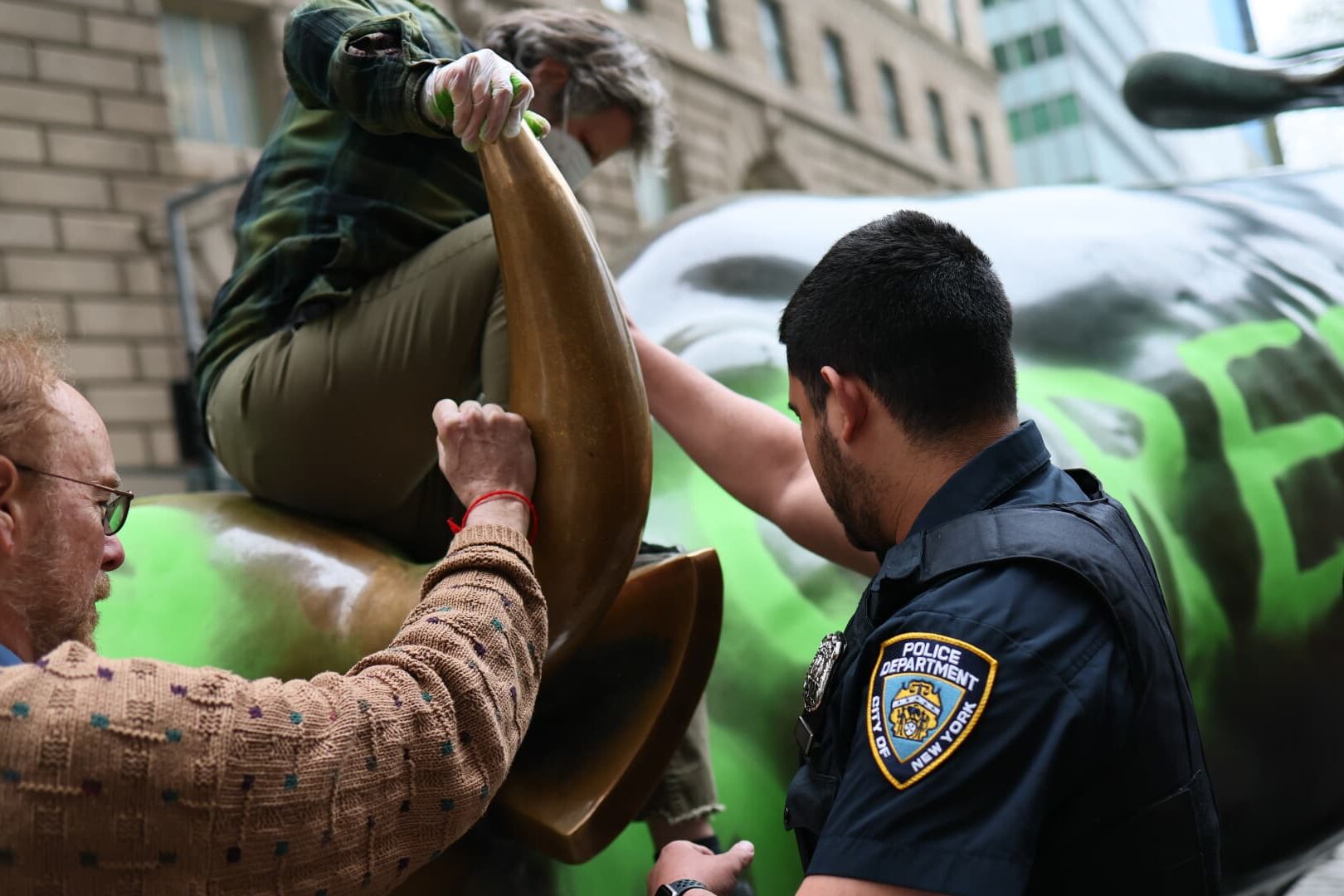
While millions revere the bull, others see it as a canvas for pranks. Over the years, it has been painted, wrapped, and even struck. In 2019, a man damaged one of its horns with a metal object. Each time, workers restored it to its shining form. These acts of vandalism highlight its paradoxical role. The bull is loved and hated, celebrated and attacked, but never ignored. It stands resilient, embodying the very spirit of endurance that Di Modica intended. No matter how often it’s harmed, it returns stronger, reminding everyone that some symbols can’t be easily broken.
16. The Artist’s Final Years
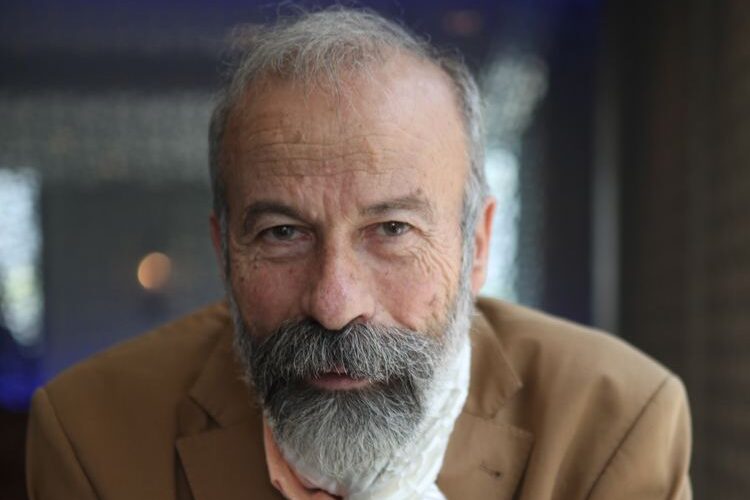
In his later years, Arturo Di Modica divided his time between New York and his hometown in Sicily. He continued sculpting, though the bull always remained his greatest focus. He spoke often about its meaning and filed lawsuits to protect its rights. Despite his declining health, he never stopped defending his creation. In 2021, after battling cancer, he passed away at the age of 80. The bull became his lasting legacy, standing thousands of miles from where he was born yet carrying his heart. It remains both his monument and his message of strength and survival.
17. The Symbol of Wall Street’s Spirit
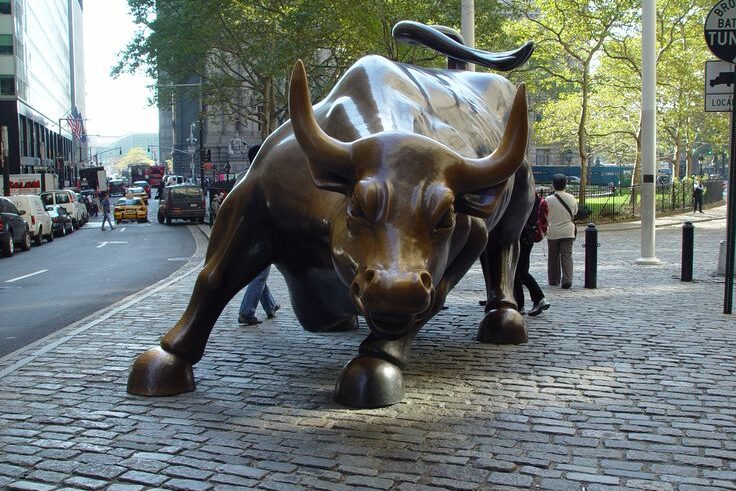
Over the years, the Charging Bull became synonymous with Wall Street itself. The term “bull market” found its perfect symbol in the sculpture’s charging stance. Financial companies began using it as a mascot of confidence and success. Yet this adoption carried a quiet irony. The very institutions Di Modica sought to inspire, not glorify, claimed his creation as their own emblem. The bull’s meaning became layered, representing both prosperity and defiance, greed and hope. Its dual identity mirrors the complexity of the financial world, proving that art, once released, evolves beyond its maker’s control and interpretation.
18. A Global Icon
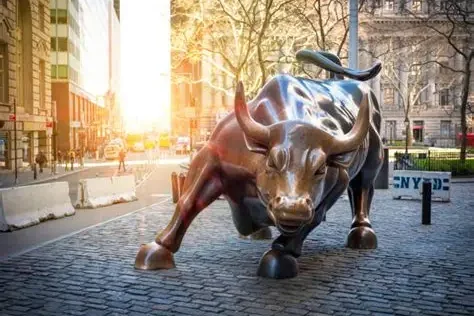
Today, the Charging Bull is one of the most recognized sculptures in the world. Tourists from every country visit Bowling Green just to take pictures with it. Its image appears in movies, magazines, and social media posts by the millions. Its bronze surface gleams brighter each year from constant touch. To many, it stands as a symbol of power, resilience, and good fortune. For others, it’s a reminder of Wall Street’s contradictions. Whatever people see in it, one thing is certain, the bull has achieved immortality, not in legend, but in the everyday lives of those who visit.
19. The Legacy That Endures
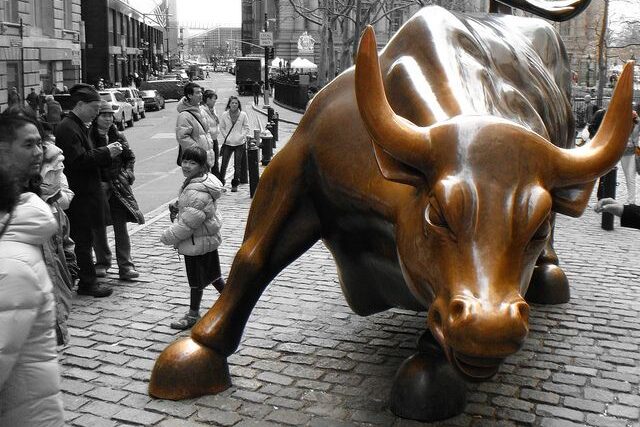
More than three decades later, the bull still stands proudly in Bowling Green. It continues to draw crowds, inspire debate, and symbolize both ambition and endurance. It has survived controversy, vandalism, and commercialization, yet its spirit remains untamed. To some, it represents wealth and power; to others, rebellion and resilience. But to Di Modica, it was always a gift of hope for a city he loved deeply. Its meaning shifts with time, but its heart never changes. The Charging Bull endures as a timeless reminder that bold dreams can outlive those who dared to create them.
20. The Luck of the Bull
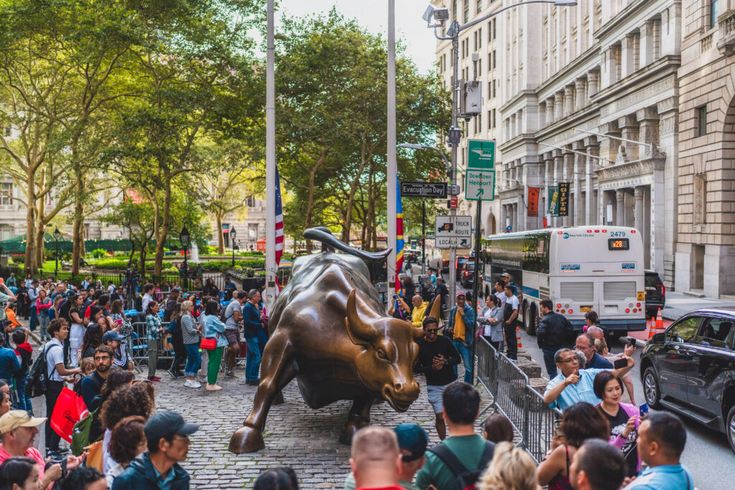
Among all its legends, one tradition stands out. Visitors from around the world line up each day to rub the bull’s horns, nose, and privates for luck. These parts shine brighter than the rest, polished by millions of hopeful hands. Some say it brings prosperity, others swear it brings fertility or courage. The ritual may seem silly, but it carries a touch of shared optimism that unites strangers in a city known for its rush. In a way, that’s the real power of the bull, a piece of art that reminds us to believe in our own good fortune.
This story 20 Things You Didn’t Know About Wall Street’s Famous Bronze Bull was first published on Daily FETCH


